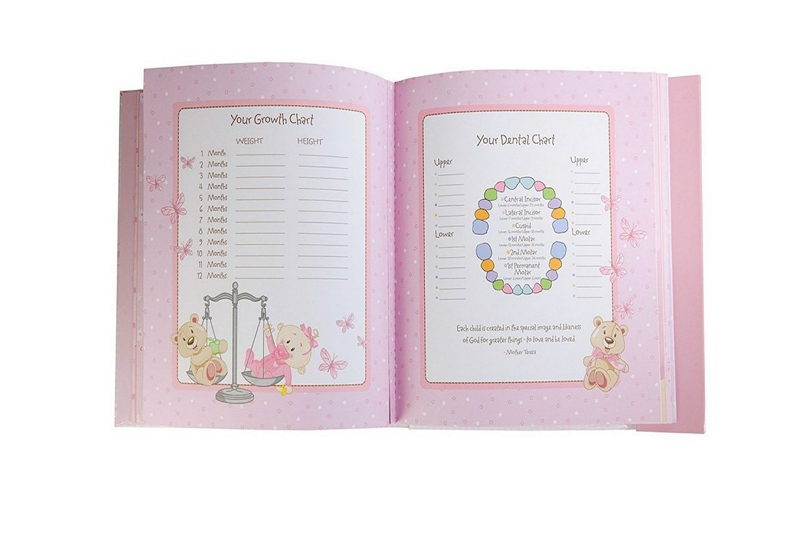How to publish a baby name book? Assuming you have a completed baby name book, the next step is to publish it. There are various ways to do this, depending on your budget and goals.

Here are some common methods:
Self-publishing – This option involves publishing the book yourself, usually through an online self-publishing service or by creating a print-on-demand version of the book.
Self-publishing can be a good option if you want more control over the publication process and don’t mind doing some of the work yourself (e.g., designing the cover, formatting the text). However, it can also be expensive and time-consuming.
Traditional publishing – With traditional publishing, you submit your manuscript to a publisher who will decide whether to publish it. If the publisher agrees, they will design and market the book, and you will typically receive a smaller percentage of the profits than you would with self-publishing.
Traditional publishing can be a good option if you want someone else to handle most of the publication process and don’t mind waiting (it can take months or even years for a book to be published).
E-book publishing – This option involves publishing your baby name book as an electronic book (e-book). E-books can be sold through online stores like Amazon Kindle, Apple iBooks, Barnes & Noble Nook, or through your website.
E-book publishing is a good option if you want to reach a large audience and don’t mind doing some of the work yourself (e.g., formatting the text, creating cover art).
There are many other ways to publish a baby name book, so explore your options and choose the one that best suits your needs.
Whichever route you choose, be sure to have a clear plan for how you will promote the book and generate sales. With a little hard work and luck, you can make your baby name book a success!
Now that you know how to publish a baby name book, it’s time to get started! So gather your materials and get creative – the world is waiting to see your masterpiece!
What elements make a good children’s book?
Many elements make a good children’s book. A few of these elements include a strong plot, interesting characters, and vivid imagery. These elements can help to captivate a young reader’s attention and keep them engaged in the story.
Another important element of a good children’s book is age-appropriate content. This means that the book should be appropriate for the child’s age group in terms of both subject matter and reading level.
Choosing a book that is too difficult or advanced for a child can lead to frustration and may cause them to lose interest in reading altogether. Conversely, choosing a baby book that is too simplistic can bore a child and prevent them from reaching their full potential as readers.
When selecting a children’s book, it is important to consider all of these elements to find a book that is both enjoyable and educational. A good children’s book can provide a child with hours of entertainment and can help them to develop a love for reading.
What are the benefits of supplementing lessons with children’s books or stories in an elementary classroom?
– Supplemental stories can help develop a child’s vocabulary.
– Supplemental stories can introduce new concepts to children in an age-appropriate way.
– Stories can be used to reinforce what has been learned in class.
– Stories are often fun and engaging for children, which helps keep them interested in learning.
– Storytelling is an important skill that students can use throughout their lives.
– Reading books together allows parents and teachers to build a relationship with the child.
– Books provide opportunities for discussion and allow adults to model how to think critically about a text.
– Children’s books often contain beautiful illustrations that stimulate the imagination.
– Reading stories aloud allows children to practice their reading skills.
– Listening to stories helps children develop a sense of narrative and understand how stories are structured.
– Storytelling can be used to teach social skills, such as taking turns and listening respectfully.
– Children’s books often contain moral lessons that can help guide students in making good decisions.
– Stories can help foster a love of reading in children, which is important for their academic success.
What are your thoughts? Do you have any favorite children’s books that you enjoy using in the classroom? Let us know in the comments!
How much does it cost to copyright a children’s book?
There is no definitive answer to this question as the cost of copyrighting a children’s book varies depending on a range of factors, including the country in which you reside.
However, as a rough guide, the costs usually incurred when registering copyright protection for a children’s book typically start at around $100 and can go up from there.
One important thing to keep in mind is that if you are planning to self-publish your work, you will need to register the copyright yourself – it is not something that your publisher will take care of automatically.
This means that you will need to be aware of the specific requirements in your country (or countries) of publication and ensure that you complete all necessary steps to protect your work.
If you have any questions about the copyrighting process or need assistance with registering your work, we recommend speaking to a qualified intellectual property lawyer in your jurisdiction.
They will be able to provide you with tailored advice and guidance specific to your situation. Copyrighting a children’s book does not have to be a complicated or expensive process – but it is important to make sure that you do it correctly to fully protect your rights.
This is a general overview of what you can expect when copyrighting a children’s book. For more detailed information, please consult an intellectual property lawyer in your jurisdiction.
